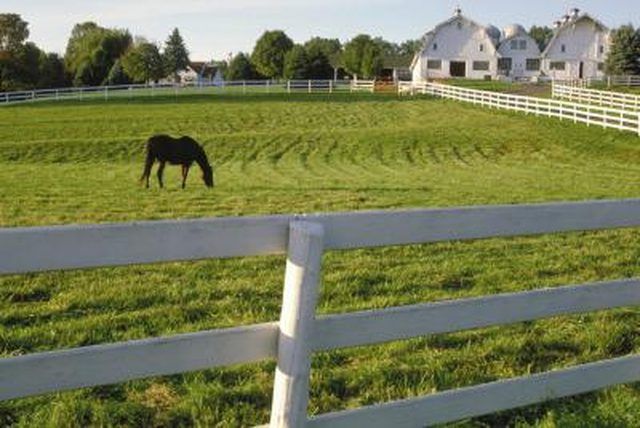Bulbs
Flower Basics
Flower Beds & Specialty Gardens
Flower Garden
Garden Furniture
Garden Gnomes
Garden Seeds
Garden Sheds
Garden Statues
Garden Tools & Supplies
Gardening Basics
Green & Organic
Groundcovers & Vines
Growing Annuals
Growing Basil
Growing Beans
Growing Berries
Growing Blueberries
Growing Cactus
Growing Corn
Growing Cotton
Growing Edibles
Growing Flowers
Growing Garlic
Growing Grapes
Growing Grass
Growing Herbs
Growing Jasmine
Growing Mint
Growing Mushrooms
Orchids
Growing Peanuts
Growing Perennials
Growing Plants
Growing Rosemary
Growing Roses
Growing Strawberries
Growing Sunflowers
Growing Thyme
Growing Tomatoes
Growing Tulips
Growing Vegetables
Herb Basics
Herb Garden
Indoor Growing
Landscaping Basics
Landscaping Patios
Landscaping Plants
Landscaping Shrubs
Landscaping Trees
Landscaping Walks & Pathways
Lawn Basics
Lawn Maintenance
Lawn Mowers
Lawn Ornaments
Lawn Planting
Lawn Tools
Outdoor Growing
Overall Landscape Planning
Pests, Weeds & Problems
Plant Basics
Rock Garden
Rose Garden
Shrubs
Soil
Specialty Gardens
Trees
Vegetable Garden
Yard Maintenance
What Planting Zone Is Kentucky?
What Planting Zone Is Kentucky?. Kentucky's long, warm summers and mild winters make it ideal for bluegrass and horse farms. Kentucky's planting zones have long growing seasons ideal for several different crops.

Kentucky's long, warm summers and mild winters make it ideal for bluegrass and horse farms. Kentucky's planting zones have long growing seasons ideal for several different crops.
Geography
Most of Kentucky is in U.S. Department of Agriculture Plant Hardiness Map zone 6a, which indicates annual average lows of between minus 10 and minus 5 Fahrenheit. The southwestern edge to Bowling Green and a section of the southeast including Pikeville is in USDA plant hardiness zone 6b, with annual lows of between zero and 5 below zero. Two small patches on either side of Lexington are in the slightly colder zone 5b, with lows of minus 15 to minus 10.
Function
Planting zones not only tell gardeners what the annual lows are, but also what plants will thrive in the conditions. Almost every plant has a USDA Hardiness Rating, and selecting plants in the correct range will ensure that they will weather the near-freezing winter temperatures.
Significance
Planting zones also dictate when gardeners should plant vegetables for maximum yield. Because the warm weather comes early, Kentucky gardeners can plant crops such as mustard, kale, broccoli and collard greens as early as March. For some vegetables, such as lettuce, cauliflower, radishes and spinach, there's enough time in the long growing season for two crops.